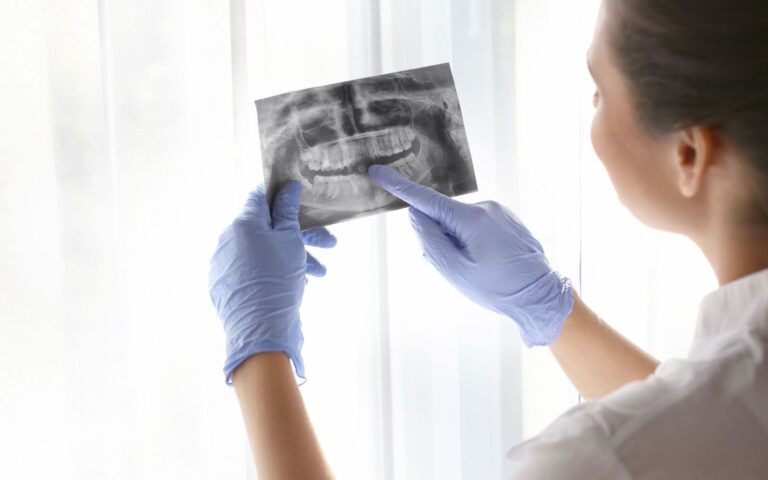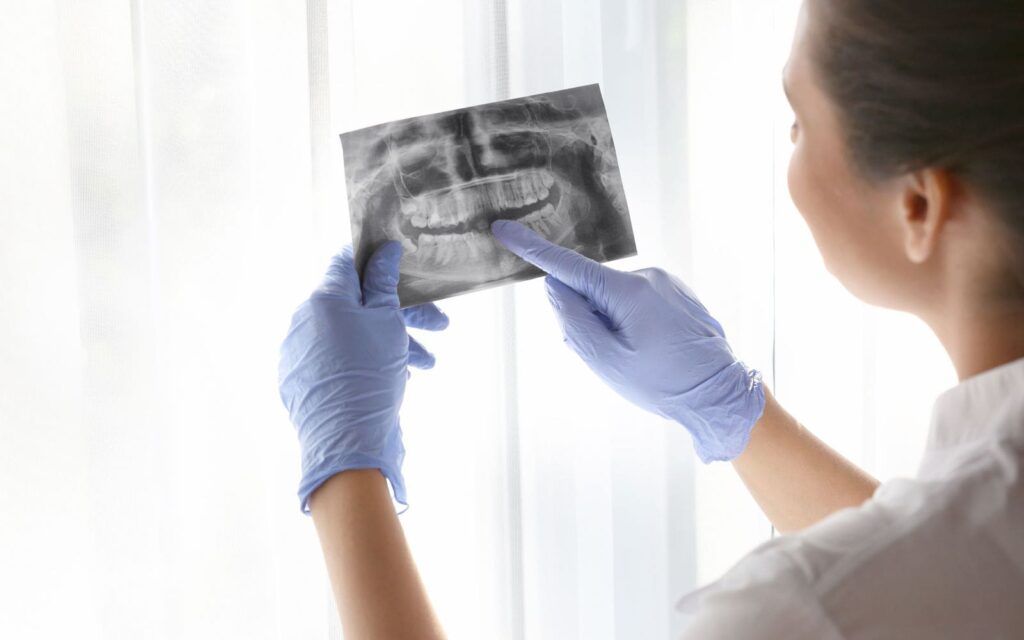How Radiosurgery Can Simplify Oral Surgery Procedures


Radiosurgery is a precise form of therapeutic radiology that focuses radiation beams on the injury or disease site without surgical incisions. Radiosurgery is primarily used for treating cancers and other lesions in most clinical settings. However, it’s becoming more widely accepted in dental settings as an alternative to scalpels and lasers.
How is Oral Radiosurgery Used Today?
While neurosurgeons and oncologists primarily use these technologies, these technologies have only started being introduced into dentistry over the last five years. Oral radiosurgery uses ionized radiation rather than surgical incisions to perform surgical procedures. However, radiosurgery has been unofficially accepted to refer to electrosurgery instruments. Electrosurgery instruments fall into similar frequency ranges to that of ionizing radiation and overall produce fewer tissue alternations than other instruments.
By guiding and controlling the lateral heat produced by these devices, the tissues can be altered without creating additional heat or unnecessary damage to the oral structures. However, the micro-smooth incisions made by these devices are considered excellent devices for complex oral surgeries because of their extensive benefits. These benefits include:
- Delicate Incisions: In some cases, delicate incisions are needed to remove parts or sections of the tooth, gum, or mouth tissues. Because of the higher amounts of MHz used by these devices, they can easily produce those incisions with higher accuracy amounts than traditional methods.
- Removes Excessive Bleeding: Excess bleeding is one of the most common problems oral surgeons face with their oral surgeries. However, the coagulation rate during surgeries with these devices is significantly reduced, allowing the procedure to be performed more smoothly.
- Rapid Surgery Speed: Because of the reduction in bleeding and improved accuracy of incisions, surgeons can perform their surgeries quickly and keep a better eye on any complications that occur with their surgery.
- Improves Surgeon’s Confidence: Overall, these surgical devices can improve confidence with their techniques and produce better results for their patients. Most patients aren’t aware of the incisions being made due to their practically painless effects, and they enhance the surgeon’s vision with their incisions.
- Reduced Side Effects: Most of all, radiosurgery has a lower risk of negative side effects than radiation therapy and traditional surgery, producing a 90% success rate for patients, and providing them with pain relief that lasts.
One of the latest developments used in oral radiosurgery is bipolar electrodes. These electrodes help produce more desirable waveforms that operate on higher frequencies between 3.8 to 4 MHz, produce less overall heat to the surrounding tissues, and produce fewer unnecessary tissue alterations to the surgical site.
Contact Your Oral Surgeon For Your Surgical Options
Oral surgery is a complex field, but with the help of your primary dentist and your care team, you can find the treatments you need for extensive oral pain relief without any problems. Contact your primary dentist today to get a referral to your local oral surgeon to see how they can provide the best surgical techniques for your condition. Through oral radiosurgery, you can experience top-of-the-line care and excellent oral health that lasts for life.
